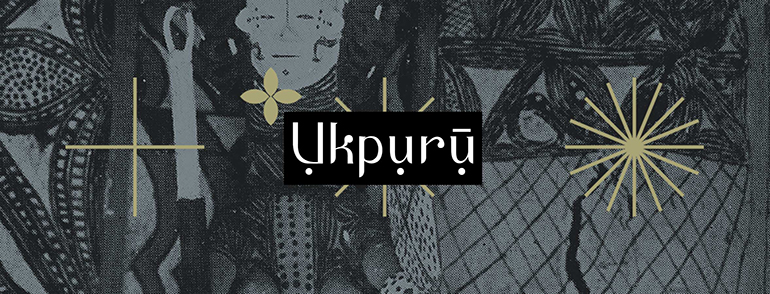 Objects of the shrine of Yọ́k Òbòlò of the Andoni, Agwut Obolo, present-day Rivers State. By A. A. Whitehouse who led a raid on the shrine, 1904. British Museum.
Objects of the shrine of Yọ́k Òbòlò of the Andoni, Agwut Obolo, present-day Rivers State. By A. A. Whitehouse who led a raid on the shrine, 1904. British Museum.
Andoni was difficult for missionaries to penetrate. Yọ́k Òbòlò was condemned by figures like Ajayi Crowther, who led the destruction of its offshoots in Bonny, for its role in the resistance to Christianity in the area, especially in the case of Jaja of Opobo who was in dispute with Crowther and Christian missions.






